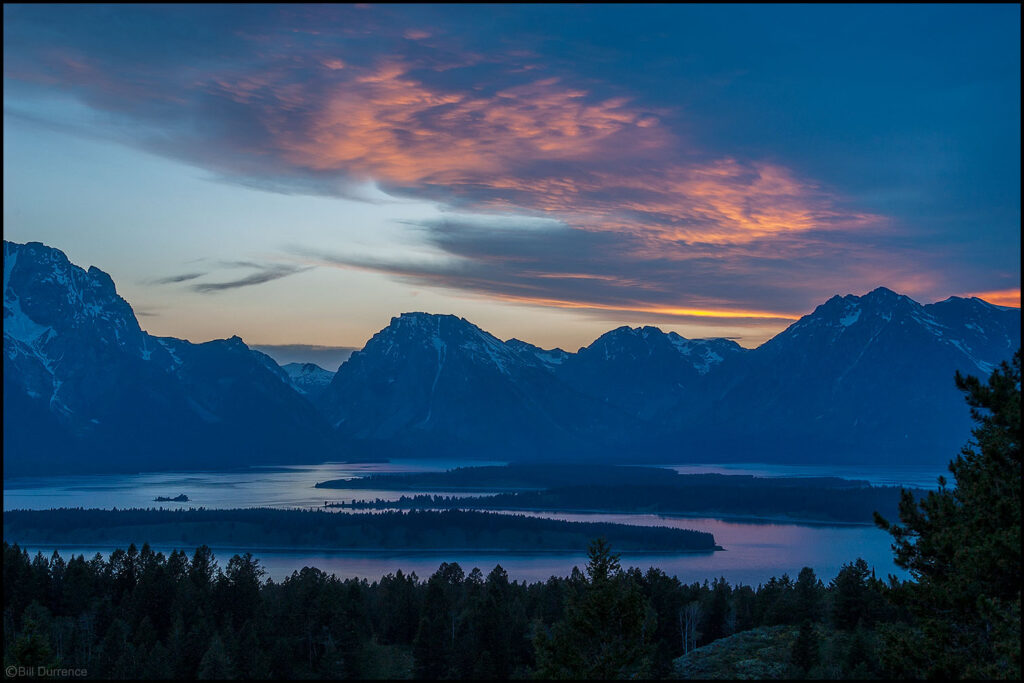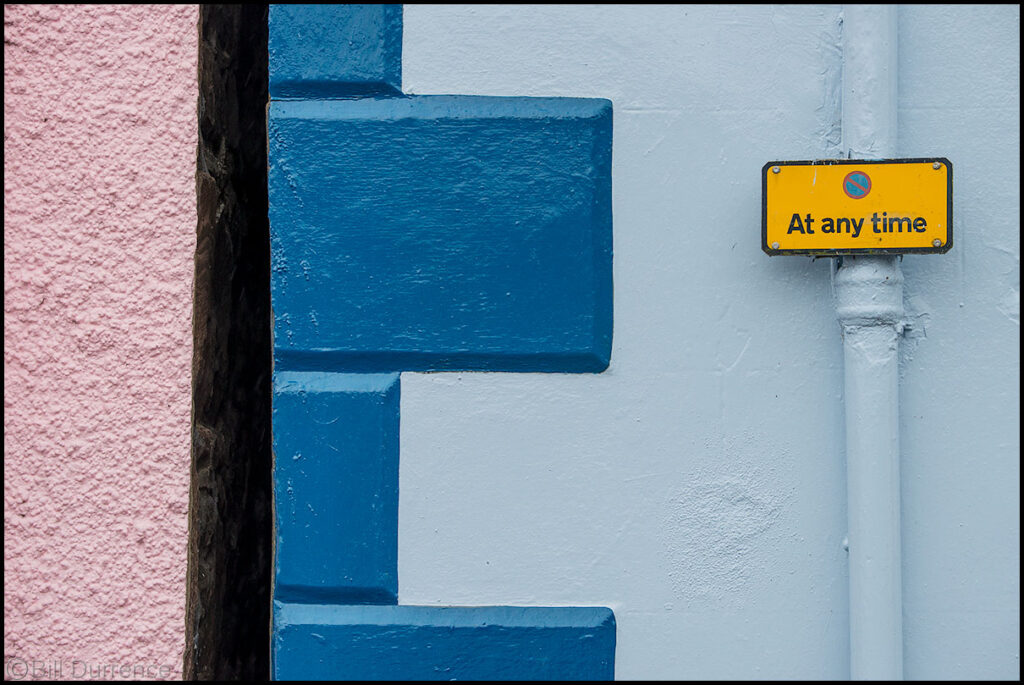St. Petersberg, Russia, 2005

Visiting The Hermitage for a couple of days would be like visiting The Louve for a couple of days–barely scratching the surface, and we only have two hours. As we enter and see the line for tickets and the security line (bag scanner and magnetometer) a young man comes up to us and offers a private guide service with priority admission for not much more than the cost of the tickets. A quick look at the lines and we said yes. It was also a way to prioritize getting to the specific things we were interested in seeing. Paid, he said, “Follow me,” and we walked just past the guard manning the magnetometer where our guide unhook the ropes and walked us directly into the museum. No scanning. I had a camera bag weighing in at about 45 pounds, but nobody looked inside. Must be my honest face.
Quick, but focused, tour done, we meet a friend, Ben, on our way out and decide to get lunch. Somehow we know that there are several restaurants at the L’Europa, St. Petersberg’s classic, grand hotel, including one focused on caviar. We discover we can go from the museum to the hotel by horse and carriage; I can indulge an occasional anachronism.
The caviar restaurant was closed so we ate in a hotel cafe, and plotted our next day, thinking our best choice was to get out to Pushkin to see Catherine’s Palace. Barbara went to the front desk to see about a map and any suggestions for transportation and came back saying we were all set. Turns out the Concierge had a fleet of cars and drivers available (grand hotel indeed), one of which she booked immediately. A polite 30ish man, trim and impeccably dressed in a suit, picked us up in a large Mercedes sedan at the appointed time, ferried us to the Palace (beautiful) and when he dropped us said, “Take all the time you want; I’ll just be here when you are ready to go.”
What I remember first about St. Petersberg though, is that we were there for two days and never got any caviar.
For more photographs go to https://www.billdurrence.com/index



